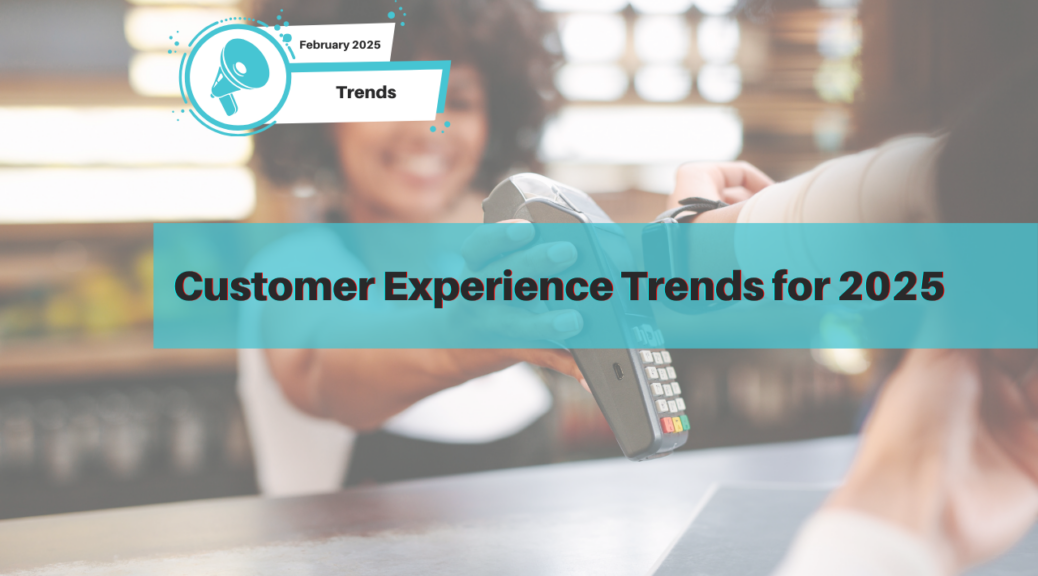Customer experience trends 2025
If the need for a sense of reality was felt in 2024 in a world that was still post-pandemic, tired, stressed and grappling with the challenges of AI’s arrival in our daily lives, this new year seems to be full of contradictions!
SOM attended Interface & Co’s trends presentation and the ensuing discussions with CXPA Québec, and is pleased to share with you the 5 trends we believe will affect the way you deliver customer experience in 2025.
1. To have one’s cake and eat it too
Customers want tools that provide faster, more personalized and more autonomous responses (long live AI), but that also value the human aspect as more authentic and trustworthy. Many organizations have found that their NPS score is positively correlated with the number of human contacts.
The challenge for companies will therefore be to strike the right balance between being able to offer the full range of services expected by their customers, and prioritizing initiatives that deliver the best return on investment (ROI-ROX).
2. Protectionism or the new Donald effect
COVID had shaped our shopping habits, as have the new announcements by the U.S. president, elected for the next four years, about a potential tax on Canadian products. The public has begun to prioritize Quebec and Canadian products over U.S. brands, and will eventually remain cautious before making major consumer decisions (travel, renovations).
So put forward the fact that you’re a local business to convince your audience. You can also refer to the sustainable development aspect, which continues to be a strong trend when it comes to choosing a brand.
3. The quest for meaning
In addition to the aforementioned elements of greater authenticity, consumers are looking for richer interactions, punctuated by “good” friction, where controlled slowness allows for deeper engagement and a sense of control. For example, some retailers are removing self-service checkouts to rebuild a bond with their customers.
Speed and simplicity are not necessarily signs of satisfaction: the quest for meaning could come before efficiency in some cases. To improve their customer experience, companies need to become true partners in simplifying people’s lives. Your allies may well be in your ecosystem! Take insurance companies, for example: the experience they deliver to their policyholders also depends on the performance of the garage that will carry out repairs in the event of a car accident.
4. The decline of influencers and the popularity of communities
In a world where all information is questionable and sometimes unverifiable, trust in influencers is plummeting. Young people understand that the products they see are merely the result of commercial operations, and are refocusing on the opinions of niche communities.
Over and above greater trust, communities and other “super fans” share common interests, enabling a degree of social reunification to solve tomorrow’s problems together and countering the feeling of loneliness that has been entrenched since 2020. Brands will have to reconsider their communication strategies and tactics.
5. The perverse effect of algorithms
While personalization has been on everyone’s lips in recent years, Internet users are now complaining about the standardization of their favorite platforms. Everything ends up looking the same, and the proposed experience, although adapted to their tastes (thanks to cookies and algorithms) is ultimately the same, regardless of the medium. According to some, this can even lead to people being locked into a bubble where diversity no longer exists, and to a certain closure to the rest of the world.
So think of ways to differentiate yourself!
Conclusion
As you can see, all these trends are converging and militating in favor of greater differentiation of brands and customer experiences. It’s a delicate exercise, exacerbated by the many demographic changes that are underway (more retirees, fewer foreign workers, increased needs of an aging population, etc.).
